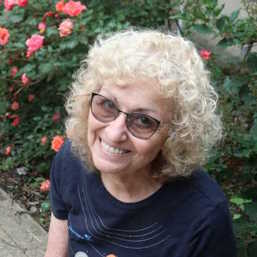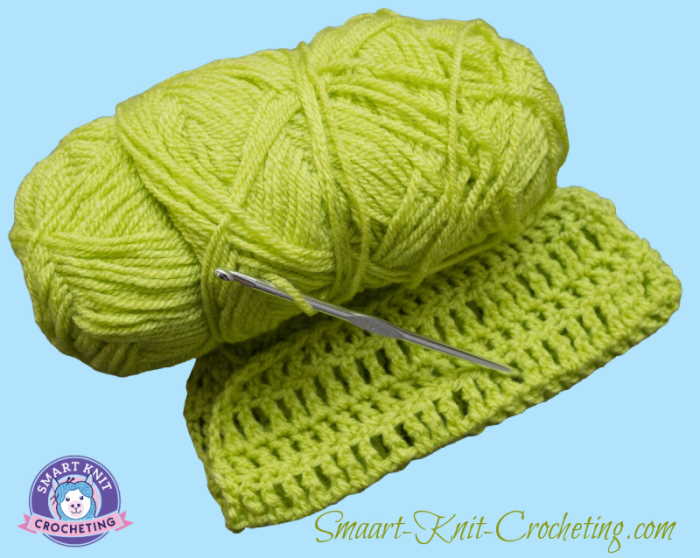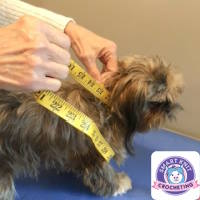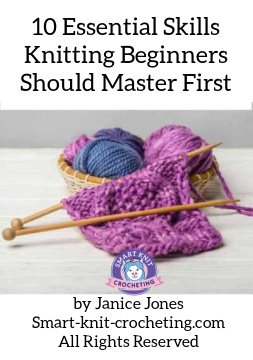- Home
- Must Have Supplies
- Knitting Needle Conversion Chart
Knitting Needle Conversion Chart
Knitting Needle Conversion Chart
by Janice Jones |Updated November 2025
Beyond buying yarn, the first frustration beginners hit is trying to decode a Knitting Needle Conversion Chart while staring at an overwhelming wall of needles. The modern market is packed with sizes, materials, and strong opinions—none of which help when you haven’t knitted long enough to know your own style. What matters now isn’t finding the “perfect” needle; it’s understanding the basic types and sizes so you can start with confidence.
 Knitting Needle Conversion Chart
Knitting Needle Conversion ChartWhy Knitting Needle Sizes Are Confusing
If you’ve ever wondered why one pattern lists “US 8,” another lists “5.0 mm,” and an older book might list “UK 6,” you are not alone. Here’s why:
- Metric sizing (mm) is the most accurate — it measures the needle circumference.
- US sizing uses ascending numbers, but not always in consistent increments.
- UK sizing uses descending numbers — the bigger the number, the smaller the needle.
This means a US 1, a 2.25 mm, and a UK 13 are all the same size, even though the numbers move in opposite directions between the systems.
Once you compare the numbers side by side, it all starts to make sense.
Knitting Needle Conversion Chart (US ↔ UK ↔ Metric)
Below is your easy-to-use, simplified knitting needle conversion chart. You can also download the printable version at the end of this page for your project bag.
| Metric (mm) | US Size | UK Size |
|---|---|---|
| 2.00 mm | 0 | 14 |
| 2.25 mm | 1 | 13 |
| 2.75 mm | 2 | 12 |
| 3.00 mm | 2.5 | 11 |
| 3.25 mm | 3 | 10 |
| 3.50 mm | 4 | — |
| 3.75 mm | 5 | 9 |
| 4.00 mm | 6 | 8 |
| 4.50 mm | 7 | 7 |
| 5.00 mm | 8 | 6 |
| 5.50 mm | 9 | 5 |
| 6.00 mm | 10 | 4 |
| 6.50 mm | 10.5 | 3 |
| 7.00 mm | — | 2 |
| 8.00 mm | 11 | 0 |
| 9.00 mm | 13 | 00 |
| 10.00 mm | 15 | 000 |
Types of Knitting Needles (Quick Overview)
Straight Needles
 Straight Needles Made of Bamboo
Straight Needles Made of BambooThese are the classic, long, single-pointed needles most beginners recognize. Perfect for scarves, dishcloths, and simple flat projects. They allow you to practice stitches without worrying about joins or cables.
Double-Pointed Needles (DPNs)
 Straight Double Pointed Knitting Needles
Straight Double Pointed Knitting NeedlesUsed for knitting small tubes in the round when you are working socks, mittens, sleeves, or the tops of hats. They come in sets of four or five and take a little practice, but they’re helpful once you get the hang of them.
Circular Knitting Needles
 Circular Knitting Needle
Circular Knitting NeedleTwo needle tips connected by a flexible cable. You can use them:
- To knit in the round
- To knit flat (back and forth) with less strain on your hands
- To hold the weight of your project instead of your wrists
They are the most versatile needles and my personal favorite for long-term comfort.
Interchangeable Needles
These are circular needles with detachable tips and cables you can mix and match. They’re economical if you knit often and want flexibility without buying dozens of fixed circulars. But don't invest in a set until you have used several different kinds of needles and find the ones you like the best.
Cable Needles
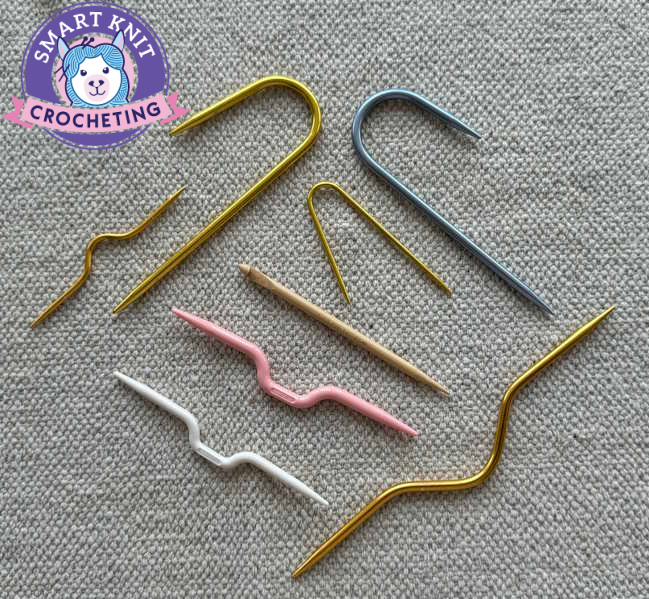
Most don't consider cable needles when thinking about knitting needles, but they are worth mentioning.
Cable needles are required if you plan to make the cable stitch for say a hat, scarf or sweater. They are short, double-pointed needles that have a bend in the middle. That bend or groove in the center helps keep stitches from falling off while holding the cable stitches in place.
What Length Should My Needles Be?
Straight Needles
Most come in lengths from 9" to 14".
- 9" is comfortable for beginners and can be used for small projects like dishcloths.
- 14" is best for wide projects like shawls, sweaters, or blankets
Circular Needles
The most common lengths are:
- 16" best for hats, cowls, small projects
- 24" used for shawls, baby blankets
- 32" used for sweaters, large projects, or to be used in the magic loop technique
- 40"–60" — blankets, afghans, magic loop
Double-Pointed Needles
- Usually 4"–8" long.
- Shorter DPNs are easier for small circumferences like baby socks.
How to Choose the Right Needle Size
Here’s a simple way to decide which size to use:
1. Check Your Yarn Label: Every yarn label lists recommended needle sizes in both mm and US. This is the perfect starting point.
2. Think About Your Tension: As you begin to knit more, you will discover that you are either knitting tightly (the stitches are tight on the needles) or loosely (stitches slide off of the needles, almost too easily.
- If you knit loosely, go down one size.
- If you knit tightly, go up one size.
Beginners often knit tightly, so don’t hesitate to try a slightly larger needle.
3. Swatch When It Matters: If you’re making a sweater or anything wearable, always knit a gauge swatch first. It saves hours of frustration later.
4. Consider the Fabric You Want
- A larger needle makes looser, drapier fabric.
- A smaller needle makes firmer, denser fabric.
Knitting Needle Materials Explained
Each needle material feels a little different in your hands. Here’s the short, beginner-friendly version:
Metal (Aluminum or Stainless Steel)
- Smooth and fast; great for speed knitters.
- Stitches glide effortlessly, but slippery yarns may slide off too quickly for beginners.
Bamboo
- Lightweight, warm, and slightly grippy.
- Perfect for beginners because stitches stay put.
- Also, it is gentler for those with arthritis or hand fatigue.
Wood
- Similar to bamboo but smoother.
- Warm and comfortable for long sessions; ideal for wool and natural fibers.
Plastic or Acrylic
- Affordable and lightweight.
- A good option for chunky yarns and larger needle sizes.
Carbon Fiber
- Light, warm, strong, and slightly textured
- Excellent if you want control without drag.
How to Identify Unmarked Knitting Needles
 Needle Gauge
Needle GaugeMany knitters have mystery needles without size markings. Most needles are marked these days, but you can still purchase needles that do not show its size. A simple needle gauge solves the problem.
To use one:
- Insert the needle into each hole.
- Stop when it fits snugly.
- Read the matching US and mm size.
You can find inexpensive gauges made of plastic, metal, or wood. Many are small enough to clip into your knitting bag.
Needle Sizes: U.S, U.K., Metric: Knitting Needle Conversion Chart
Frequently Asked Questions
What is the most common knitting needle size for beginners?
What is the most common knitting needle size for beginners?
US 7 (4.5 mm), US 8 (5.0 mm), and US 9 (5.5 mm) are the easiest to learn with.
Why are there different knitting needle sizes?
Why are there different knitting needle sizes?
Different countries developed their own sizing systems before metric measurement was widely adopted. Today, metric (mm) is the most accurate, but US and UK sizes continue to appear in patterns.
What needle size should I use for blankets?
What needle size should I use for blankets?
Typically US 10 (6.0 mm) to US 15 (10.0 mm), depending on the yarn. Chunky blankets require larger needles.
How do I know which needle size to use with my yarn?
How do I know which needle size to use with my yarn?
Follow the yarn label’s recommended size. Adjust up or down to match your tension or reach the pattern’s gauge.
Are circular needles better for beginners?
Are circular needles better for beginners?
Many beginners prefer them because they hold the weight of the yarn and reduce wrist strain. You can knit flat or in the round with them.
Conclusion
Choosing knitting needles doesn’t have to be confusing. With a simple knitting needle conversion chart and a basic understanding of sizes, lengths, and materials, you’ll quickly discover which needles feel most comfortable in your hands. Your preferences will grow as you knit more, and soon you’ll reach for your favorite needles without even thinking about it.
Use the chart, trust your hands, and enjoy the process. Everything about knitting becomes easier with practice—and this is the perfect place to begin.






